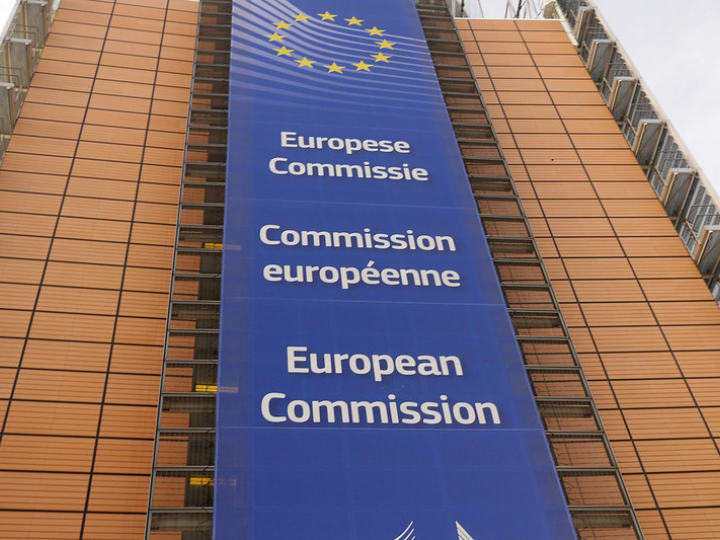Two of America's biggest consumer-goods firms have agreed to team up. Can anything stand in the way of their success? And what lies in store for the competition?
SUCCESSFUL marriages depend on many factors. Procter & Gamble and Gillette are a solvent, prosperous and compatible couple. On the face of it, P&G's offer of $57 billion for the other American consumer-goods firm, an 18% premium on its stockmarket value, seems a generous-but not extravagant-dowry. Warren Buffett, that most renowned of American investors, who could be considered the father of the bride through his 9% stake in Gillette, cooed delightedly that the proposed merger, announced on Friday January 28th, is "a dream deal" that will create "the greatest consumer-products company in the world".
A big factor behind the mammoth deal rests on the good fit between the two firms' product lines. P&G, best known for making such things as Pampers disposable nappies, Tide washing powder and Crest toothpaste has gone further into grooming products since the arrival of Alan Lafley, a former beauty-business executive, as chief executive in 2000. He redirected the company after the troubles caused by his predecessor, who had attempted to turn P&G into an innovating growth machine more akin to a drug company. Mr Lafley masterminded the purchase of Wella and Clairol, two makers of hairdressing products, and oversaw a revival of P&G's fortunes. In the year to the end of June 2004 the firm made a profit of $6.5 billion-some $3 billion more than in the 12 months to June 2000-on sales of $51 billion. The addition of Gillette's razors and other, mainly male products gives a greater breadth to P&G's product line.
Gillette has also prospered since the arrival of a new chief executive, Jim Kilts, in 2001. Sliding sales in the years preceding his appointment have turned into growth forecast at 11% for 2004. Profits have burgeoned too: the firm is expected to make $2.3 billion in 2004 on sales of $10.3 billion, almost double what it made in the year before Mr Kilts took over. Gillette's global sales are expanding and it claims a current global market share of no less than 72.5% for its shaving gear.
The wedding of these two successful firms also has a marketing rationale. P&G spends some $5.5 billion a year on advertising and boasts a particular expertise in marketing to women, while Gillette's forte is in selling to men. Combining the two firms' marketing spend-Gillette's is $1 billion-will also give them more power to negotiate advantageous deals with media companies. Whereas cultural differences have wrecked many past mergers, especially cross-border ones, such problems are less likely in this case, given the relative proximity of the two firms' headquarters-P&G's in Cincinatti and Gillette's in Boston.
P&G's quest for size is also a response to the growing power of retailers. P&G's biggest customer is Wal-Mart, the world's largest retailer. Such is its dominance in America, where it accounts for about 8% of total retail sales, and its increasing presence in the rest of the world, that it wields huge power over its suppliers. Wal-Mart is notoriously tough in bargaining down the price it pays suppliers. As consolidation among retailers around the world gathers pace, this pressure is sure to grow. P&G may reckon that bulking up will help redress the balance. P&G may also be betting that only the vastest companies will take full advantage of the opportunities offered by globalisation and the rise of big new consumer markets (eg, China). In concrete terms, P&G reckons that the merged group can cut costs by some $16 billion a year. It has already said that its combined headcount will be cut by 6,000, some 4% of the total.
But are there dark clouds on the horizon for the happy couple? Seeking growth through acquisitions, rather than organically, always carries risks. There is a danger that the larger a firm gets the more unwieldy and harder to manage it becomes. There are also suggestions that Gillette could be at the crest of its wave. P&G may believe that it can squeeze more value out of Gillette's brands. On the other hand, the costs of product innovation are high for razors and there are suggestions that consumers may be reluctant to pay ever-increasing sums for razors with ever more blades. Gillette has admitted in the past that it fears competition from low-cost rivals, particularly at its Duracell electric-battery division.
P&G's rivals must consider their response. Analysts have long suggested that the sector is ripe for consolidation. P&G will usurp Unilever as the world's leading consumer-goods manufacturer by both market capitalisation and revenue with the acquisition of Gillette. And it will offer yet more intense competition if it cuts prices for products where it competes directly with Unilever. The struggling Anglo-Dutch firm is already under pressure to ditch a 75-year-old dual corporate structure and become one company, with one boss and one HQ, to improve its lacklustre performance. It may now need to find its own partner, and quickly, if it is to have any hope of keeping pace with its eternal arch-rival.




 By: N. Peter Kramer
By: N. Peter Kramer

